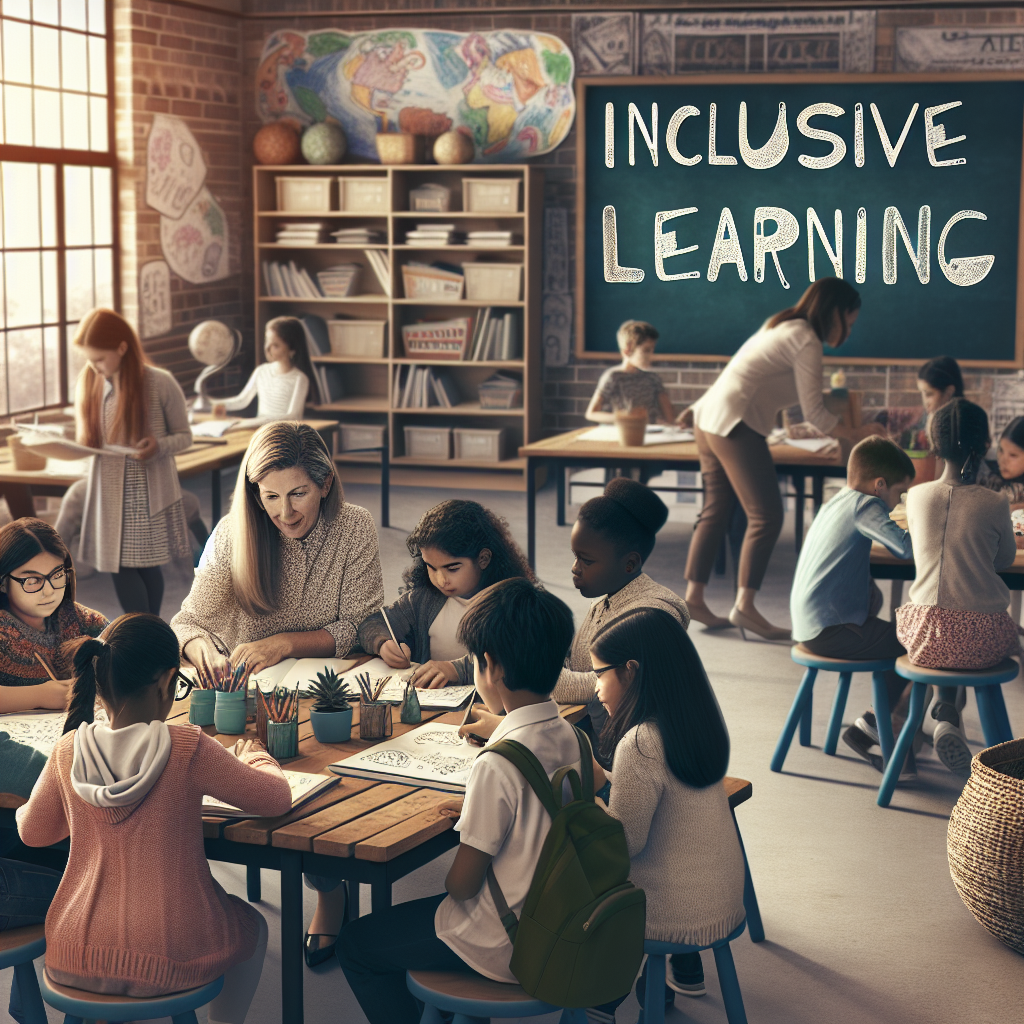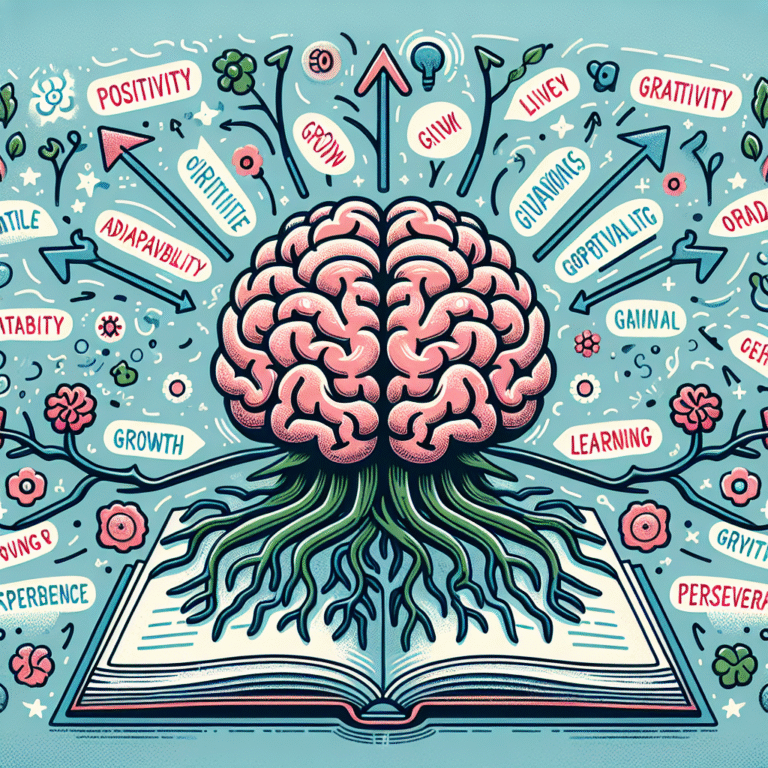
Introduction
Imagine a classroom where every student feels valued, understood, and empowered to participate. A place where differences are celebrated, and learning flourishes in an environment rich with diversity. Transforming classroom climate is not just a lofty ideal—it’s a necessity. As educators, we have the power to shape not only the educational outcomes but also the personal growth of each student. In this article, we will explore essential strategies for transforming classroom climate into inclusive learning environments, where every learner can thrive.
Understanding Classroom Climate
Before delving into strategies, we need to define classroom climate. Classroom climate refers to the social, emotional, and academic atmosphere of a classroom. A positive climate fosters engagement, motivation, and a sense of belonging, while a negative climate can lead to anxiety, disengagement, and academic failure.
The Importance of Inclusive Learning Environments
Research shows that inclusive learning environments, where all students feel accepted and engaged, result in improved academic performance. Moreover, these environments promote social-emotional learning, critical thinking, and collaboration among students. Transforming classroom climate into an inclusive space is thus essential for nurturing well-rounded, capable future leaders.
Strategies for Transforming Classroom Climate
1. Building Trust and Respect
The foundation of any inclusive environment begins with trust. Establishing a rapport with students nurtures an atmosphere where they feel safe to express themselves. Techniques such as:
- Personal Check-Ins: Begin or end classes with brief conversations to check on students’ well-being.
- Active Listening: Show genuine interest in students’ thoughts and feelings. Use phrases like “I hear you” or “That’s interesting” to validate their contributions.
| Technique | Benefit |
|---|---|
| Personal Check-Ins | Enhanced student engagement |
| Active Listening | Increased trust |
2. Encouraging Student Voice
Empowering students by allowing them to have a say in classroom decisions can significantly enhance the sense of ownership and community.
- Classroom Agreements: Collaboratively create guidelines for interaction and behavior.
- Feedback Mechanisms: Utilize surveys to gather student opinions on classroom activities, allowing them to contribute to their learning environment.
Case Study: In a middle school in Chicago, teachers implemented regular feedback sessions. Students noted a dramatic increase in their willingness to participate, citing the feeling that their opinions mattered.
3. Differentiated Instruction
Every student learns differently. Transforming classroom climate involves recognizing these differences and tailoring instruction accordingly.
- Learning Profiles: Identify the strengths and weaknesses of students to deliver customized content.
- Flexible Grouping: Change groups frequently to allow students to work with different peers and learn from diverse perspectives.
| Strategy | Impact |
|---|---|
| Learning Profiles | Improved academic results |
| Flexible Grouping | Enhanced collaborative skills |
4. Embracing Diversity
Incorporating diverse perspectives in classroom dialogues enhances critical thinking and cultural awareness.
- Culturally Responsive Teaching: Include materials, stories, and examples from various cultures to ensure all students see themselves represented.
- Guest Speakers: Invite individuals from different backgrounds to share their stories, fostering respect and curiosity.
Case Study: A high school in New York incorporated a multicultural curriculum that resulted in increased empathy and cooperation among students of varying backgrounds.
5. Positive Reinforcement
Positive reinforcement encourages desirable behavior and fosters a supportive classroom atmosphere.
- Recognition Programs: Celebrate achievements—both big and small—through awards or shout-outs.
- Peer Recognition: Establish a buddy system where students can acknowledge each other’s efforts publicly.
Case Study: A team of educators in a rural school district saw a 30% reduction in behavioral issues after implementing a peer recognition program.
6. Social-Emotional Learning (SEL) Practices
Integrating SEL practices helps students manage their emotions and build resilience, essential components of an inclusive learning environment.
- Mindfulness Activities: Start each class with short mindfulness exercises to help students focus.
- Conflict Resolution Skills: Teach students strategies to resolve conflicts amicably.
| SEL Practice | Outcome |
|---|---|
| Mindfulness Activities | Increased focus and engagement |
| Conflict Resolution | Improved student relationships |
Conclusion
Transforming classroom climate into an inclusive learning environment is a profound responsibility that educators hold. By fostering trust, encouraging student voice, embracing diversity, and integrating social-emotional learning, we create a classroom where every student can thrive. The time to act is now—let us commit to shaping educational spaces that are as diverse and vibrant as the students we serve.
FAQs
1. What is classroom climate, and why is it important?
Classroom climate refers to the emotional and academic atmosphere within a classroom. A positive climate is crucial for effective learning and student well-being.
2. How can teachers build trust with students?
Teachers can build trust through consistent communication, active listening, and personal check-ins to show that they care about their students’ well-being.
3. What is differentiated instruction?
Differentiated instruction tailors teaching methods and resources to meet the varying needs of students, accommodating different learning styles and abilities.
4. How can a teacher promote a diverse learning environment?
Teachers can promote diversity by incorporating culturally relevant materials, facilitating discussions about different backgrounds, and inviting guest speakers from various communities.
5. Why is social-emotional learning important in the classroom?
Social-emotional learning (SEL) equips students with skills to manage their emotions, build relationships, and navigate social complexities, fostering a supportive and inclusive climate.
Final Thoughts
As we embark on our journey of transforming classroom climates into inclusive learning environments, let us commit to the importance of empathy, understanding, and inclusivity. By implementing these strategies, we can create classrooms where everyone is not only educated but cherished and empowered.

















